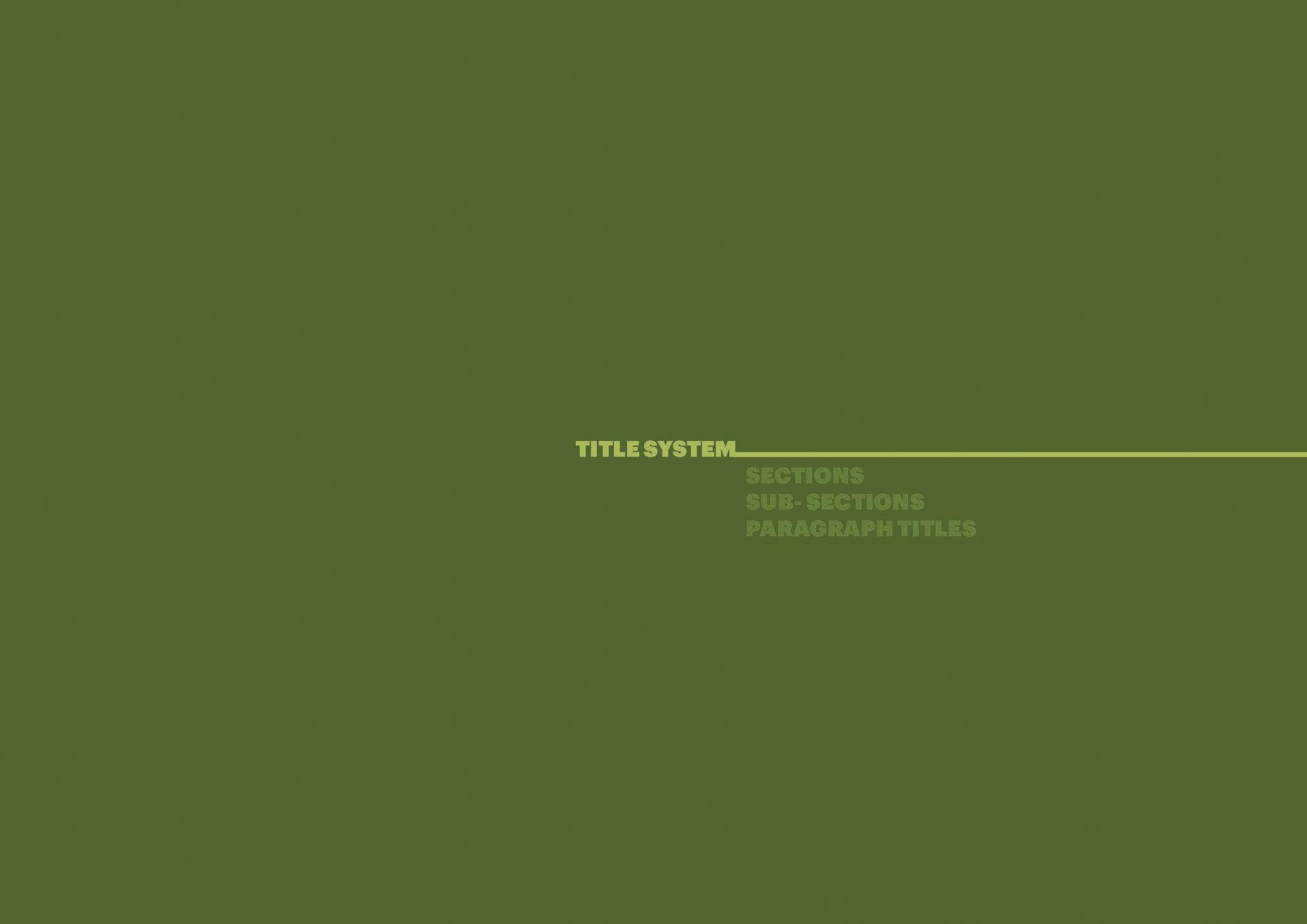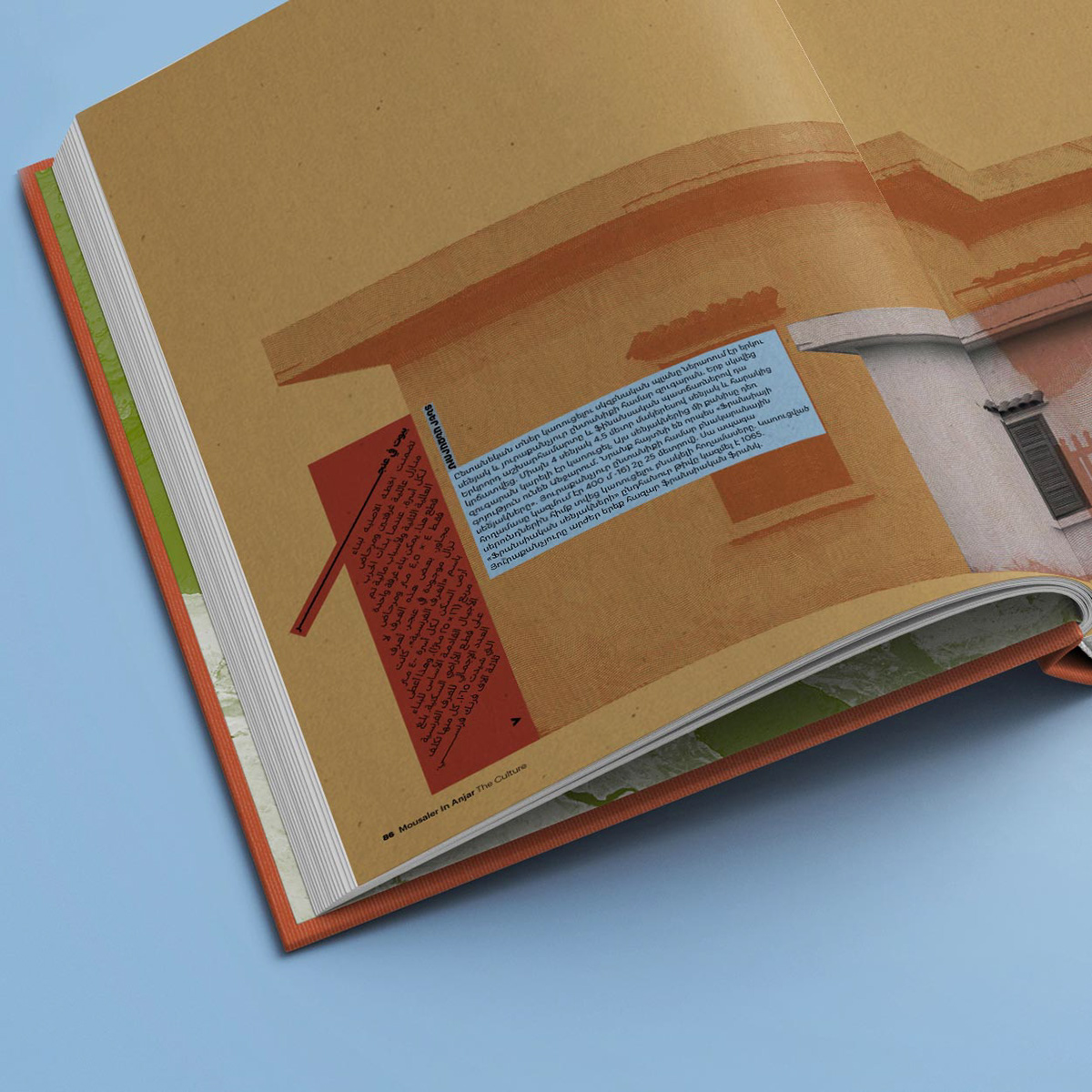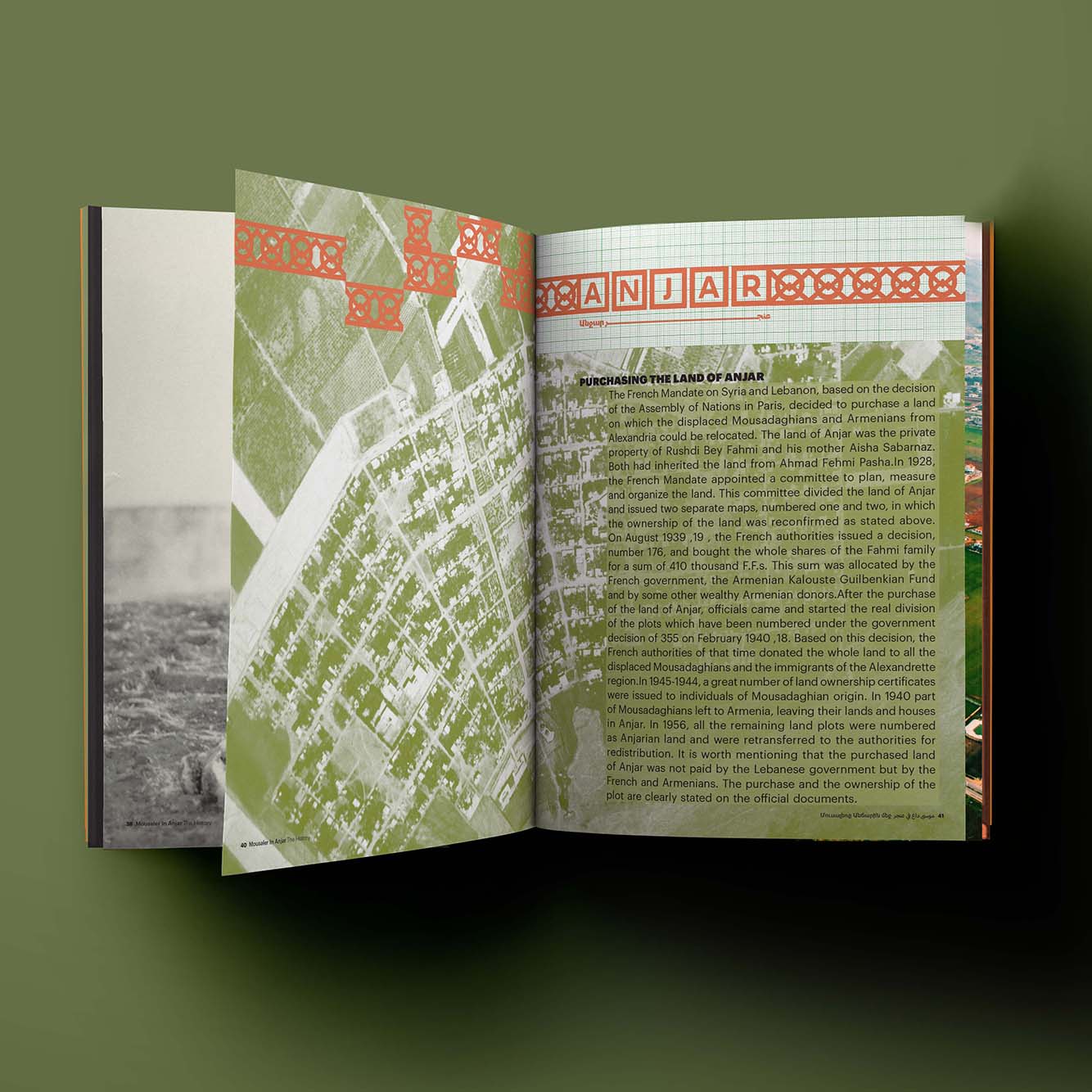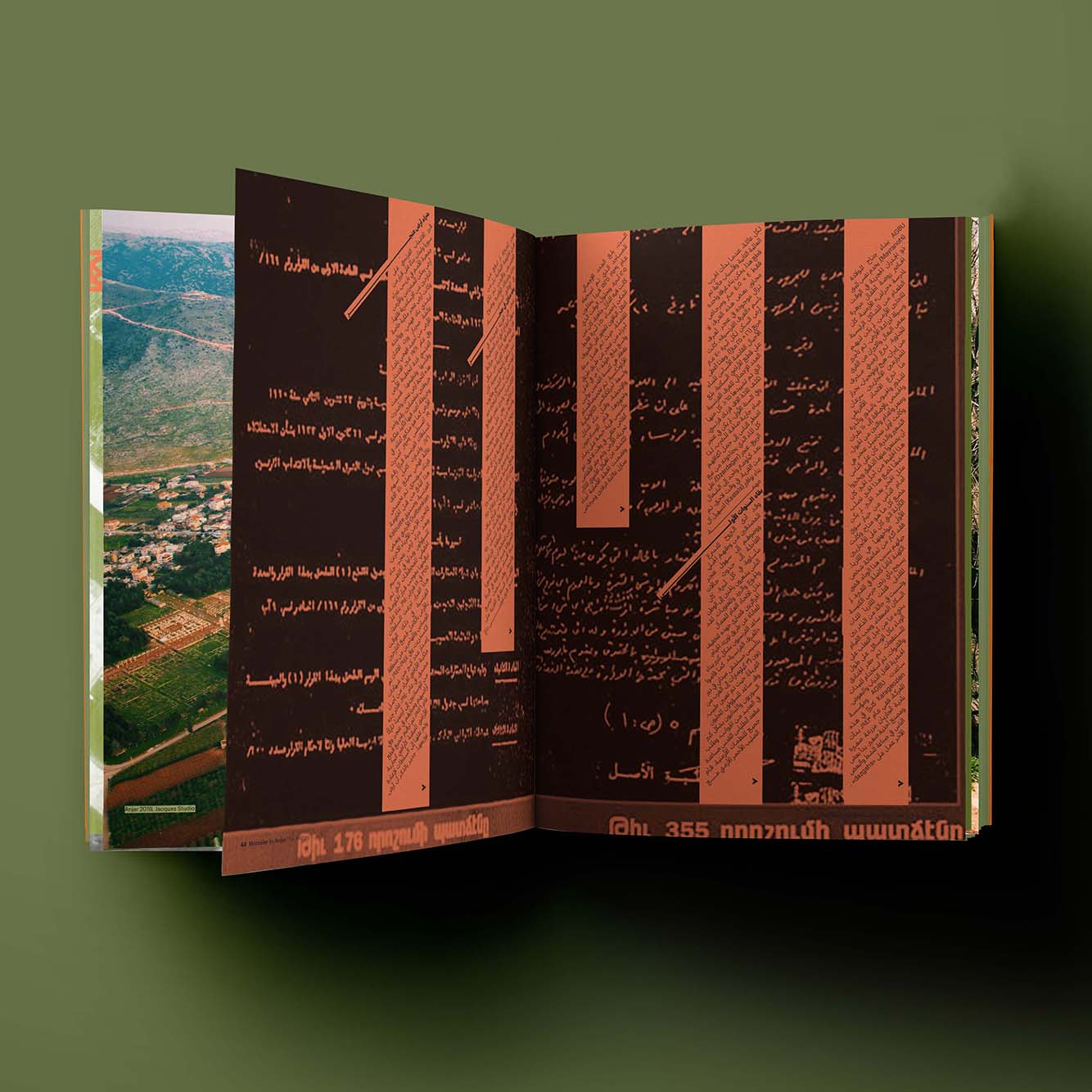Musa Dagh In Anjar — Book Design
Final Year Project at the American University of Beirut
︎︎︎ 1st prize winner for “Areen Projects Award for Excellence in Graphic Design”
A trilingual book entitled Musa Dagh In Anjar: a testament to the displaced Musa Daghians in Anjar that talks about the story of the Musa Daghians through their unique resistance, achievements, heritage and conditions suitable for their collective growth.
The emphasized language in my book is latin (english) since I want my book to be accessible and spread to a wider audience.
Musa Dagh and Anjar History
24th of April 1915, a mass genocide occurred in Armenia, some of the people were deported to neighboring countries, some were massacred and some were tortured in working camps and eventually deceased. They didn’t know how strong Armenians were connected to their roots. Today Armenians have been dispersed all over the world and were given new homes. I, myself as a Lebanese-Armenian have the privilege to be born and raised in a country like Lebanon and to be welcomed liberally and be given a new home.
Growing up, I’ve always known how Bourj Hammoud was the little Armenia of Lebanon until one day, I visited Anjar, a beautiful town located in the Beqaa Valley and found out that it was mostly populated by Armenians. Since then, I became fascinated and interested about the town and started visiting it frequently with my companion who was working on site. Anjar was a beautiful town that belonged to both of my countries, Lebanon and Armenia that I barely knew of.
Visiting Anjar weekly, discovering its beautiful nature, its streets, houses, ruins, people, shops... were the most exciting part. Getting the chance to listen to their stories, their traditions, tasting their unique food, listening to their music made me experience and live their daily lives but most importantly it made me discover that Anjar was the second home of the Musa Daghians .Anjar, a town in Beqaa, Lebanon, was originally the private property of Rushdi Bey Fahmi and his mother Aisha Sabarnaz until around 1939 Armenian families of Musa Dagh (Mousaler in Armenian) fled the exaction of the Turkish occupation and settled in Anjar where the French authorities of that time donated the whole land to the displaced Musa Dasghians. Musa Daghians gave Anjar’s quarters the name of their villages of origin: Kabusia, Vakif, Haji Hababli, Khedr Bek, Bitias and Yoghun Oluk. Since then, Anjar became their second home, full of greens, beautiful trees and houses with a unique history.
The stories were so beautiful and passionate that I felt connected to it and thus I decided to dedicate my final year project to the Musa Daghians in Anjar.
Musa Dagh and Anjar History
24th of April 1915, a mass genocide occurred in Armenia, some of the people were deported to neighboring countries, some were massacred and some were tortured in working camps and eventually deceased. They didn’t know how strong Armenians were connected to their roots. Today Armenians have been dispersed all over the world and were given new homes. I, myself as a Lebanese-Armenian have the privilege to be born and raised in a country like Lebanon and to be welcomed liberally and be given a new home.
Growing up, I’ve always known how Bourj Hammoud was the little Armenia of Lebanon until one day, I visited Anjar, a beautiful town located in the Beqaa Valley and found out that it was mostly populated by Armenians. Since then, I became fascinated and interested about the town and started visiting it frequently with my companion who was working on site. Anjar was a beautiful town that belonged to both of my countries, Lebanon and Armenia that I barely knew of.
Visiting Anjar weekly, discovering its beautiful nature, its streets, houses, ruins, people, shops... were the most exciting part. Getting the chance to listen to their stories, their traditions, tasting their unique food, listening to their music made me experience and live their daily lives but most importantly it made me discover that Anjar was the second home of the Musa Daghians .Anjar, a town in Beqaa, Lebanon, was originally the private property of Rushdi Bey Fahmi and his mother Aisha Sabarnaz until around 1939 Armenian families of Musa Dagh (Mousaler in Armenian) fled the exaction of the Turkish occupation and settled in Anjar where the French authorities of that time donated the whole land to the displaced Musa Dasghians. Musa Daghians gave Anjar’s quarters the name of their villages of origin: Kabusia, Vakif, Haji Hababli, Khedr Bek, Bitias and Yoghun Oluk. Since then, Anjar became their second home, full of greens, beautiful trees and houses with a unique history.
The stories were so beautiful and passionate that I felt connected to it and thus I decided to dedicate my final year project to the Musa Daghians in Anjar.




















